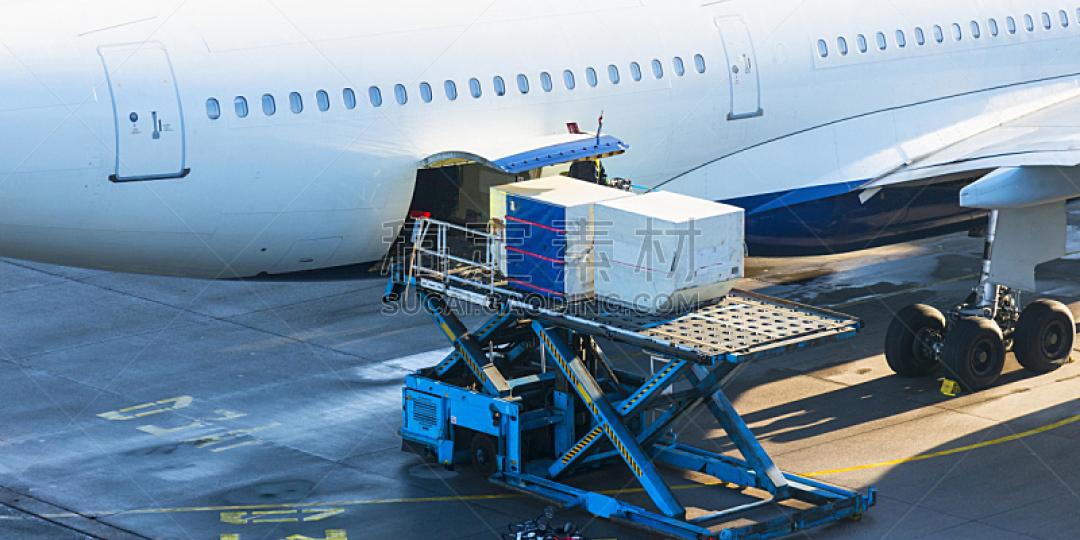The latest data issued by the International Air Transport Association (Iata) for October indicates that headwinds are continuing to affect air cargo demand.
Global demand, measured in cargo tonne-kilometres (CTKs), fell 13.6% compared to October 2021 (-13.5% for international operations).
Capacity was 0.6% below October last year. This was the first year-on-year contraction since April, however month-on-month capacity increased by 2.4% in preparation for the year-end peak season. International cargo capacity grew 2.4% compared to the same month last year.
Iata pointed to several factors informing this trend – among them new export orders, a leading indicator of cargo demand, shrinking in all markets except China and South Korea, which registered slightly higher new export orders in October.
The latest global goods trade figures showed a 5.6% expansion in September, which is seen as a positive sign for the global economy. This is expected to primarily benefit maritime cargo, with a slight boost to air cargo as well.
The sharp appreciation of the US dollar has also added another layer of cost on top of high inflation and high jet fuel prices.
The Consumer Price Index increased slightly in G7 countries in October and remains at a decades-high level of 7.8%. Inflation in producer (input) prices reduced by 0.5 percentage points to 13.3% in September.
“Air cargo continues to demonstrate resilience as headwinds persist. Cargo demand in October - while tracking below the exceptional performance of October 2021- saw a 3.5% increase in demand compared to September. This indicates that the year-end will still bring a traditional peak-season boost despite economic uncertainties. But as 2022 closes out it appears that the current economic uncertainties will follow into the New Year and need continued close monitoring,” said Willie Walsh, Iata’s director general.
On a regional level, African airlines saw cargo volumes decrease by 8.3% in October this year compared to last. This was a significant decrease in the growth recorded the previous month (0.1%). Capacity was 7.4% below October 2021 levels.













